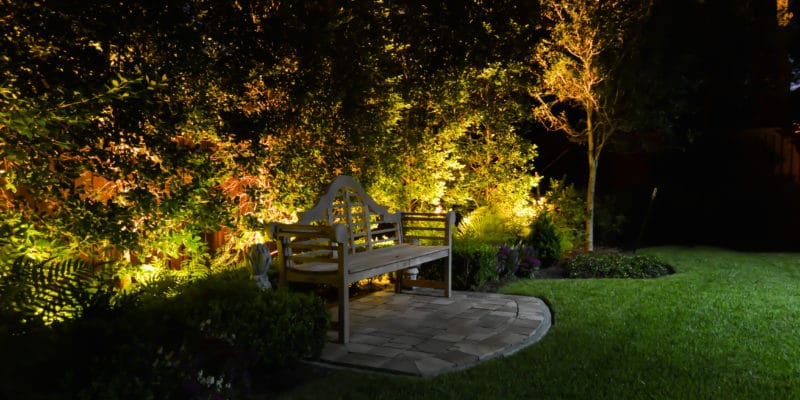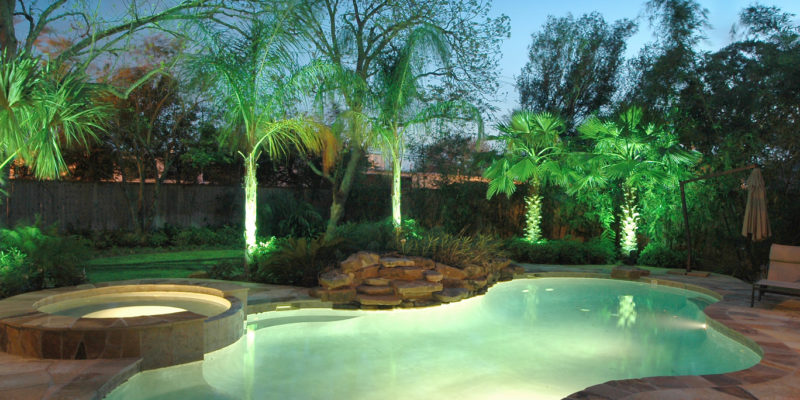Outdoor Lighting: How Many Lumens Do I Need?
Lumens are a measure of the intensity of light. As such, the higher a lamp’s lumen rating, the brighter it will appear. The number of lumens you require for outdoor lighting will, therefore, depend on the kind of light you want.
Now that we’ve learned what lumens are, here is our professional lumens recommendation for a variety of outdoor lights.
- Path lighting – 100 to 200 lumens
- Step lights – 12 to 100 lumens
- Floodlights – 700 to 1300 lumens
- Pond and pool lights – 200 to 400 lumens
- Motion sensor lights – 300 to 700 lumens
- Landscape lights – 50 to 300 lumens (50 lumens is excellent for small shrubbery or gardens)
- Hardscape lighting (on walls) – 50 to 185 lumens
When thinking about outdoor lighting, seriously consider going for LED.
Homeowners typically have two types of outdoor lightbulbs when purchasing outdoor lighting. These are CFLs and LEDs.
As outdoor lighting experts, we recommend that you go with LED lights. In this article, we will explain the difference between CFLs and LEDs and why you should consider working with LED lighting.
Outdoor lighting: CFLs or LEDs
How Each Works:
Compact Fluorescent Lights (CFLs) use electrical currents to heat filaments inside the bulb. When fully heated up, the filaments become white-hot, producing heat and light. Because these filaments are very sensitive, the lifespan of CFL bulbs is relatively short, especially when left in extremely cold or hot ambient temperatures, such Texas’s summer temperatures. Furthermore, CFLs take quite a while to light up fully.
Light Emitting Diodes (LEDs), on the other hand, do not rely on fragile filaments to light up an area. Nevertheless, they use electrical currents to illuminate tiny diodes found inside the bulbs. Light emitting diodes do not put much heat; which means that they stay cool to the touch. These lights fare quite well in all outdoor temperatures and fully light up as soon as they are activated.
Operational Costs:
Light emitting diodes cost lesser to operate compared to CFL. They use 50 percent less energy to produce the same amount of light CFLs produce. That means that LEDs, of all light bulb options, produce higher amounts of lumens per wattage consumed.
Lifespan:
Light emitting diodes last up to five times longer than compact fluorescent lights.
Price:
At the moment, CFLs cost much cheaper than LEDs. Fortunately, though, LED bulb prices have been dropping in the last couple of years, making some LED options much more affordable than their CFL counterparts.
Other things to Consider
1. Lux
Lux measures a lights luminous flux per unit area. In essence, it gives users an idea of how far or field size a bulb/light can illuminate. Lux plays a crucial role in telling you how many lights you will need to cover an area or space.
To help you understand it better, please note that one lux is equal to the amount of illumination a single candle can provide from approx. 3 feet away.
2. Wattage
Wattage is used to quantify a bulb’s energy transfer rate – in essence; it is the measure of how much electricity a bulb consumes. For instance, a 75-watt light bulb consumes 75 watts of power each second it’s on. The higher a light’s wattage, the more electricity it consumes and the higher the electric bill will be.
If your outdoor lighting project requires the installation of lots of outdoor lights, your wattage demand will be higher, and you might need to have a professional electrician install a new circuit for you.
If you would like to discover more tips and tricks from Robert Huff Illuminations; visit our blog. Call or contact us today for more information!


